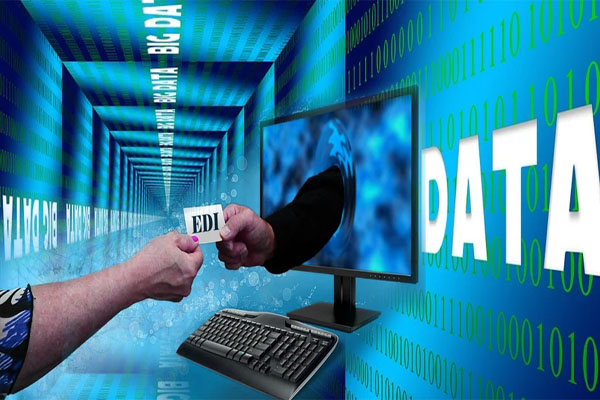Business
Business Tips & Info
Other Payment Methods
A payment is the transfer of wealth from one party to another. It is usually made in exchange for the provision of goods, services or both, or to fulfill a legal obligation.
PAYMENT METHODS
There are two types of payment methods; exchanging and provisioning.
 EXCHANGING is to change coin, money and banknote in terms of the price.
EXCHANGING is to change coin, money and banknote in terms of the price.
 PROVISIONING is to transfer money from one account to another. In this method a third party must be involved.
PROVISIONING is to transfer money from one account to another. In this method a third party must be involved.
PRE-AUTORIZED PAYMENTS (PAP-s)
Pre-Authorized Payment allows you to pay regular and recurring payments from your account.
Payments, such as insurance, mortgage, loan etc., can be paid automatically from your bank account each month and this arrangement can save your time and worry of neglecting a payment.
ELECTRONIC DATA INTERCHANGE (EDI)
EDI can be formally defined as 'The transfer of structured data, by agreed message standards, from one computer system to another without human intervention'.
In business terminology Electronic Data Interchange (EDI) refers to the structured transmission of data between organizations by electronic means. It is used to transfer electronic documents from one computer system to another (ie) from one trading partner to another trading partner. It is more than mere E-mail; for instance, organizations might replace bills of lading and even checks with appropriate EDI messages.
Electronic Data Interchange or EDI, is popular new option and many companies are using it to make payments and orders without any papers, just by using special software for your personal computer. For example, you place your order from your computer to your supplier's computer. Their computer receives and place your order. The ordered shipment is sent to you and invoice for that transaction is sent electronically from supplier's computer to your computer. Your computer, when payment is due, initiates the payment from your account to the supplier's account.
EDI and other similar technologies save a company money by providing an alternative to, or replacing information flows that require a great deal of human interaction and materials such as paper documents, meetings, faxes, etc. Even when paper documents are maintained in parallel with EDI exchange, e.g. printed shipping manifests, electronic exchange and the use of data from that exchange reduces the handling costs of sorting, distributing, organizing, and searching paper documents. EDI and similar technologies allow a company to take advantage of the benefits of storing and manipulating data electronically without the cost of manual entry. Another advantage of EDI is reduced errors, such as shipping and billing errors, because EDI eliminates the need to rekey documents on the destination side. One very important advantage of EDI over paper documents is the speed in which the trading partner receives and incorporates the information into their system thus greatly reducing cycle times. For this reason, EDI can be an important component of just-in-time production systems.
Related Links:
 Protecting Your Product or Service
Protecting Your Product or Service
Defusing Difficult Relationships
Being a business owner can sometimes test you patience. Cranky employees and difficult customers can sometimes make you feel like you are a magnet for attracting frustrated people and problems. In order to survive and keep your sanity in going forward, address all factors that affect your business with a strategic and patient approach. Remember the first golden rule of conflict resolution: "LISTEN AND KEEP YOUR COOL." The second rule is: "BE PLEASANT AND KEEP AN OPEN MIND." The third rule is: "ACCEPT RESPONSIBILITY, SHOW EMPATHY AND OFFER APOLOGY IF YOU MADE MISTAKE OR CONTRIBUTED TO THE PROBLEM." How you respond can make the difference between solving the problem or losing.Did You Know?
It doesn't take a fortune to sell your products and services on the Internet. It just takes some knowledge of what your customers want and how to find a way to present your sales solution to them.For business people either selling products or promoting their services on the Internet, the importance of attractive, fast, usable sites can't be overstressed. Much like a counter person or storefront, the appearance and function of a business' website conveys an image of the company to the customer.
Your website is your image on the Internet. That image can either be good or bad, and bad images don't sell. Adhering to a few common sense web design rules can help with the public's perception of your company and increase your sales. Find out more...


